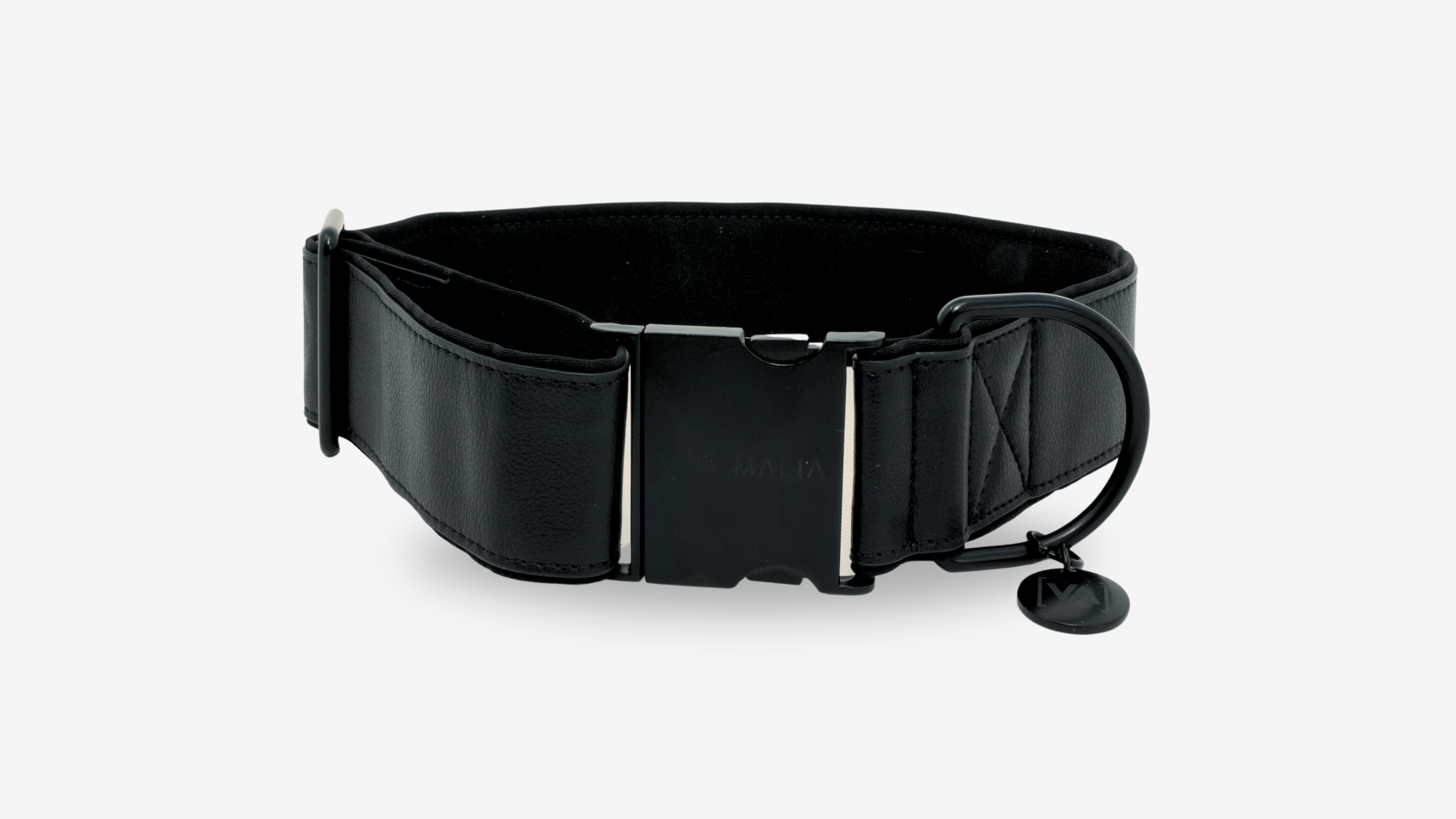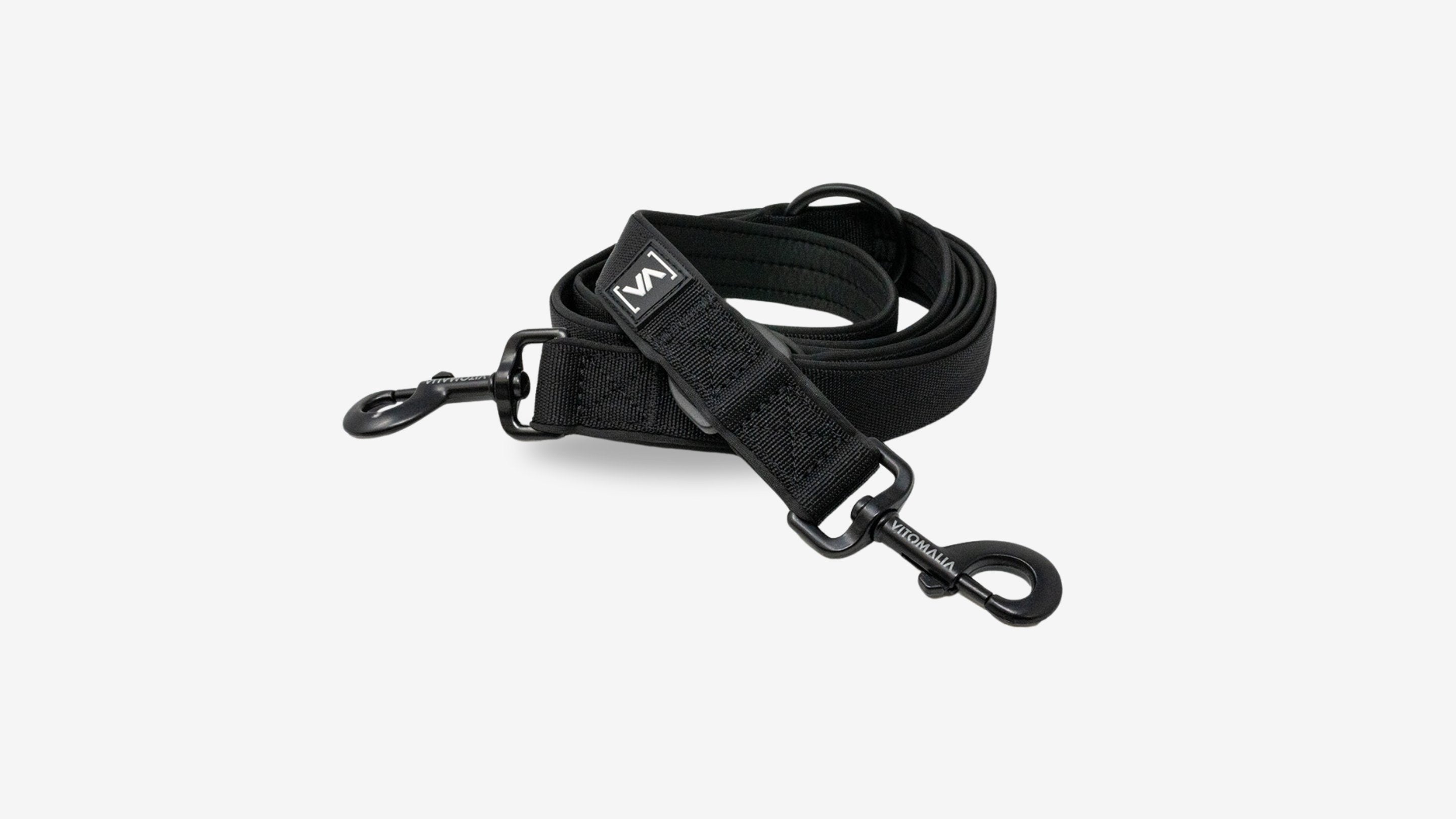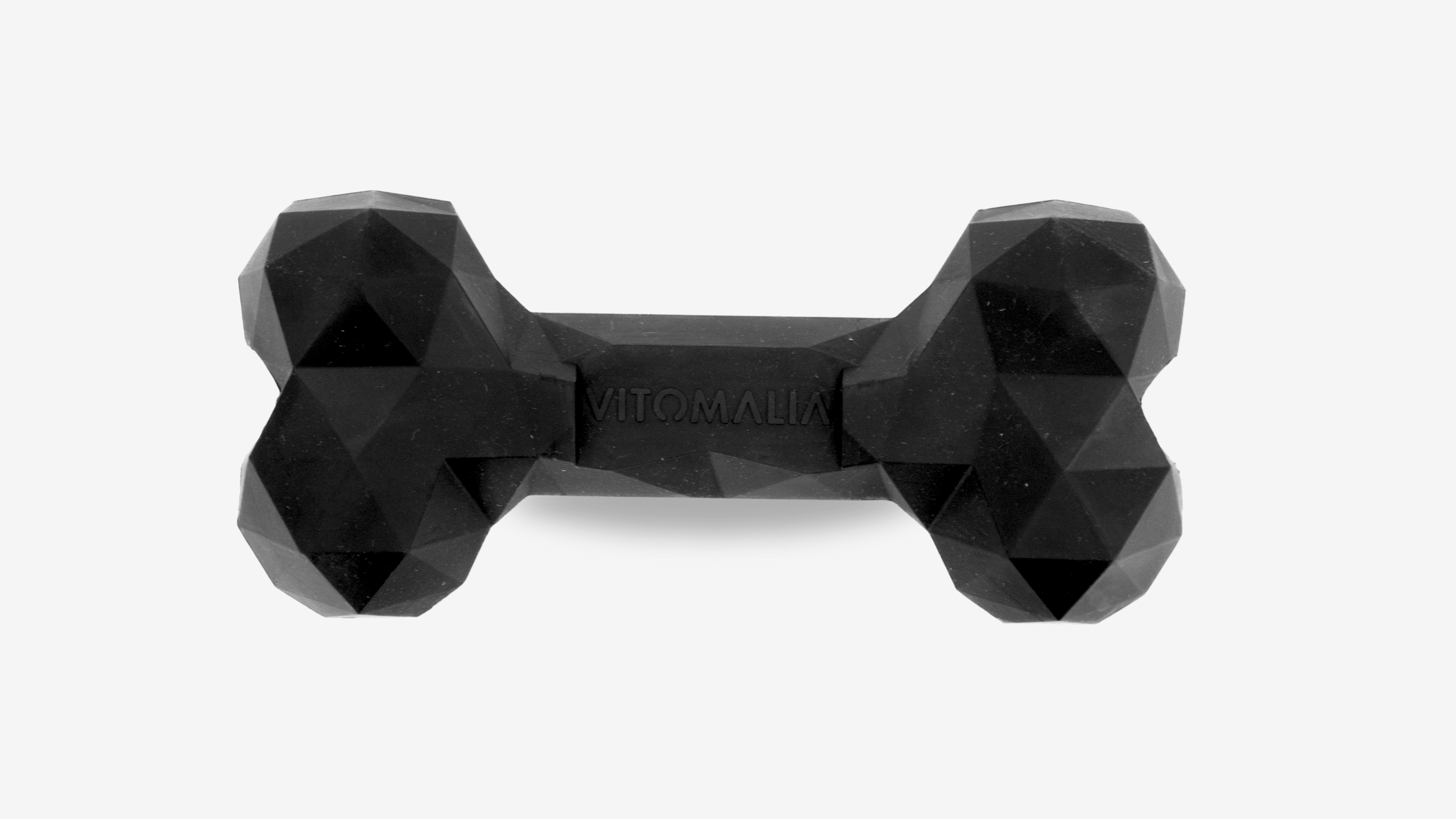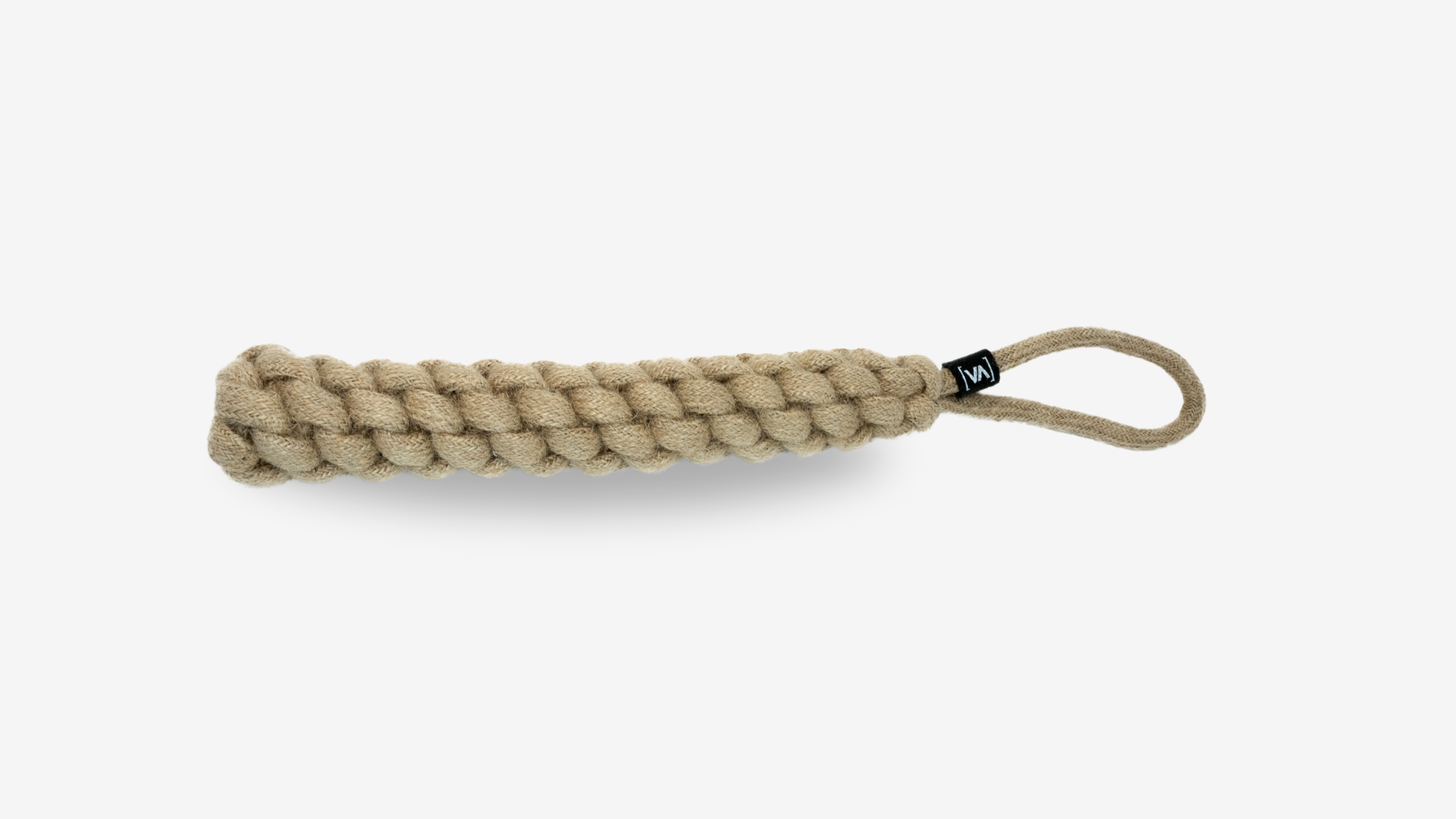Dilute Gen: Color Dilution Alopecia (CDA) beim Hund | Blue Line
In this article we would like to provide information about the Dilute Gene and Color Dilution Alopecia (CDA for short). In cooperation with Dr. Patrick Hensel from Animal Dermatology Basel, we have summarized the most important questions in the form of an interview and would like to provide you with correct information with the help of an animal dermatology expert.
What is the Dilute Gene?
The dog's skin and coat color is determined by 2 types of melanin. The Eumelanin produces a black to dark brown color while Pheomelanin causes a red/yellow color. There are also other genes in different areas called loci that determine the distribution of melanin. So there is e.g. B. S-locus (white spots in the fur), M-locus (merle fur), K-locus (dominant black), D-locus (dilution), etc. The Dilute gene is therefore a gene that has been around for a very long time and represents a color variation. Dilute is often incorrectly referred to as a “genetic defect”, which is completely wrong. Like Merle and Co., Dilute is a color variation. To be honest, it has to be said that science cannot yet provide definitive findings regarding the dilute gene. Many geneticists and veterinary doctors are therefore working intensively on research. It is currently assumed that this is the gene responsible for the production of melanophilin (MLPH). The task of MLPH is to promote the transport and distribution of the color pigment melanin. However, other genes are probably involved, about which sufficient knowledge has not yet been gained.

How does the dilute gene come about?
We don't want to go too deep into genetics, but a little bit of school knowledge from biology lessons is needed 🙂
If we look at a pair of chromoses, it consists of two alleles. The Locus represents the physical location where a particular gene is located, the location of the gene, so to speak. Let's think back for a moment to the Mendelschen Laws, then we remember that it relates to color, for example recessive or dominant colors exist. This means that dominant colors are more likely to be passed on than recessive colors. If the seeds of a red rose (R / dominant) are mixed with those of a white rose (r / recessive), the following color variations can result:
- Genotype: RR and the rose turns red,
- just like with the genetic combination of Rr, because in this case too the rose becomes phenotypically red, since red is the dominant gene,
- With genotype rr alone, the rose becomes phenotypically white.

|
Which animals are affected?This color dilution occurs in many different animal species and also occurs in a number of dog breeds. A classic example would be this Weimaraner and Slovakian Pointer, the it only with dilute colors there. Then there are dog breeds in which it is relatively common (Italian Greyhounds, Whippets, Tibetan Mastiffs and Neapolitan Mastiffs). Then there are a whole range of dogs in which the dilute gene is rare, but has recently become increasingly popular due to the trend (e.g. American Staffordshire Terrier, Great Dane, Shar Pei, Labrador, French Bulldog , Etc.) |
Dilute gene and CDA disease
Dilute is no genetic defect, as it is often, but wrongly, spread, but a color variation, which usually does not lead to any further problems. Due to increased demand in recent years, a disease associated with the dilute gene emerged and goes by the name Color Dilution Alopecia (short: CDA) is known. With CDA, dogs suffer from severe skin problems, fur loss and itching. The skin becomes crusty and the dog's quality of life declines. The reasons that lead to CDA disease are not yet known. In fact, not all dogs with paint dilution (i.e. Dilute Gen) develop problems. For the most part, the Dilute gene does not lead to CDA, but in Dobermans and some other breeds it is known that there is a particularly common link between CDA and the Dilute gene.
In fact, there are many breeds that are bred exclusively in the Dilute colors and have not had any proven problems for generations (for example the Weimeraner). However, more and more gray or Isabella/lilac colored dogs are developing CDA. The causes are not yet entirely clear. The problem should be taken seriously, mainly breeding and choice of dog should be considered. An important indication can primarily be the breeding itself. Especially in recent years, the demand for gray dogs has increased extremely and there are many questionable dog suppliers on eBay classifieds who almost exclusively offer gray dogs. Most providers have no idea about genetic processes and experiment at the expense of dog health. Dogs from non-reputable sources and incomprehensible breeding can then develop CDA more often.
The fact that the Dilute colors pose a minimal to no health risk in only a few seriously bred dogs suggests other, as yet unexplored, causes. Research currently suspects that CDA only occurs with a large number of various other mutations. With selected breeding, the probability that the puppies will develop CDA is very low.
There are now some scientific texts that deal with CDA and Dilute. If you are interested in reading more, take a look here:
- Polymorphisms within the canine MLPH gene are associated with dilute coat color in dogs: https://www.ncbi.nlm.nih.gov/pmc/articles/PMC1183202/
- Color dilution alopecia in a blue Doberman pinscher crossbreed: https://www.ncbi.nlm.nih.gov/pmc/articles/PMC2671874/
- Color–dilution alopecia in dogs: https://www.ncbi.nlm.nih.gov/pubmed/16131833
- A Noncoding Melanophilin Gene (MLPH) SNP at the Splice Donor of Exon 1 Represents a Candidate Causal Mutation for Coat Color Dilution in Dogs: https://academic.oup.com/jhered/article/98/5/468/2187775
- Chromosomal Assignment of the Canine Melanophilin Gene (MLPH): A Candidate Gene for Coat Color Dilution in Pinschers: https://academic.oup.com/jhered/article/96/7/774/2187651





















